38 organic food standards and labels the facts
Organic foods: Are they safer? More nutritious? - Mayo Clinic The USDA guidelines describe organic foods on product labels as: 100% organic. This label is used on certified organic fruits, vegetables, eggs, meat or other foods that have one ingredient. It may also be used on food items with many ingredients if all the items are certified organic, except for salt and water. These may have a USDA seal. Organic. healthcareers.co › organic-food-statisticsOrganic Food Statistics About the 2020 Market (Infographic) Jan 02, 2020 · 5. Understanding the meaning behind different organic labels is crucial. (FamilyDoctor) Before you switch, remember one of the most important facts about organic food: know your labels. “100% organic” means the food has been grown and processed using FDA-approved methods and ingredients.
32 Organic Food Statistics and Facts for a Nutritious 2021 According to multiple studies, organic food contains more flavonoids with antioxidant properties that protect the body from cancer and cardiovascular disease. It also has lower levels of pesticides and cadmium and higher levels of omega-3 fatty acids. 2. Sikkim is the world's first 100% organic state. (Organic Without Boundaries)

Organic food standards and labels the facts
The Facts about Organic Food | John Locke's Blog This is not encouraging my search for a food source I can trust. The Wiki page on Organic Certification lists the countries that have laws and standards for Organics. It says that all other countries get their certification through NGO's and private companies. This does not encourage my trust in the label. medalerthelp.org › blog › organic-food-statistics24 Organic Food Statistics & Facts for a Much Healthier 2022 Apr 29, 2021 · Organic foods contain fewer pesticides than conventional products. Based on organic food facts, organic products are also more nutritious. As for antioxidants, these substances are crucial for optimal health. Unfortunately, the lack of these affects the prevention of chronic diseases. 23. Organically raised animals are antibiotic-free. What is organic? Organic food labeling explained by food ... Here you will find organic food labeling explained. Organic is not just a philosophy, it is regulated terminology. The USDA regulates the industry with strict standards. Organic represents the methods used for growing and processing agriculture food (and other products). When organic was established, the goal was to reduce inputs of fossil ...
Organic food standards and labels the facts. 11 Facts About Organic Food - DoSomething.org Industry analysts estimate that US organic food sales were $28 billion in 2012 (over 4 percent of total at-home food sales), up 11 percent from 2011. [6] Products labeled "organic" may reflect higher prices because the production process is often on a smaller scale with more labor- and management-intensive practices and stricter regulations. [7] Organic - Open Food Facts Organic food is food produced by methods complying with the standards of organic farming and features practices that cycle resources, promote ecological balance, and conserve biodiversity. Products that have the label Organic 145,193 products Recently modified products Explore products by... Pages: 1 2 3 4 … 1450 1451 1452 Next › national-organic-programNational Organic Program | Agricultural Marketing Service NOP is a federal regulatory program that develops and enforces consistent national standards for organically produced agricultural products sold in the United States.. NOP also accredits third-party organizations to certify that farms and businesses meet the national organic standards. 50 Interesting Organic Food Facts | FactRetriever.com Organic food labeling standards are based on the percentage of organic ingredients in a product. Products labeled "100% organic" must contain only organically produced ingredients. Products labeled "organic" must contain at least 95% organically produced ingredients.
The Organic Seal - Agricultural Marketing Service The labeling requirements of the NOP apply to raw, fresh products and processed products that contain organic agricultural ingredients. Agricultural products that are sold, labeled, or represented as organic must be produced and processed in accordance with the NOP standards. Understanding the USDA Organic Label | USDA Understanding what the organic label means can help shoppers make informed purchasing choices. Organic is a labeling term found on products that have been produced using cultural, biological, and mechanical practices that support the cycling of on-farm resources, promote ecological balance, and conserve biodiversity. Organic Food: False Labeling Is Not Uncommon - National Review Most alarming is the importation of allegedly organic grains from Ukraine, Turkey, India, and China, countries with uncertain food-safety standards, to use as animal feed. Any organic meat or ... Organic food: labelling and advertising rules - GOV.UK You can only label foods as 'organic', or use terms relating to organic production methods, if: at least 95% of the product's agricultural ingredients are organic. all other ingredients ...
en.wikipedia.org › wiki › Organic_foodOrganic food - Wikipedia Organic food, ecological food or biological food are food and drinks produced by methods complying with the standards of organic farming. Standards vary worldwide, but organic farming features practices that cycle resources, promote ecological balance, and conserve biodiversity . Organic Food Standards and Labels: The Facts on ... Only food labeled "organic" has been certified as meeting USDA organic standards. For more detailed information on the USDA organic standards, visit our web site at , call the National Organic Program at 202-720-3252, or write USDA-AMS-TM-NOP, Room 4008 S. Bldg., Ag Stop 0268, 1400 Independence, SW, Washington, DC 20250. › rules-regulations › organicLabeling Organic Products | Agricultural Marketing Service What do the four different organic labels mean? “100 Percent Organic” Used to label any product that contains 100 percent organic ingredients (excluding salt and water, which are considered natural) Most raw, unprocessed or minimally processed farm crops can be labeled “100 percent organic” What Does Organic Mean? The Facts about Organic Food ... Only food labeled "organic" has been certified as meeting USDA organic standards. For more detailed information on the USDA organic standards, visit the USDA National Organic Program website or call the National Organic Program at 202-720-3252, or write USDA-AMS-TM-NOP, Room 4008 S. Bldg., Ag Stop 0268, 1400 Independence, SW, Washington, DC 20250.
Organic Food: Fact vs. Perception - American Heart Association For agricultural products, these requirements include nonuse of hormones, pesticides, irradiation or bioengineering. Animals used for meat, poultry, eggs or dairy products must not receive antibiotics or growth hormones. Organic products are subject to the same USDA safety standards as all other food products.
Food Labeling - USDA The FDA assures that most prepared foods, such as bread, cereals, canned and frozen foods, snacks, desserts, drinks, etc., are safe, wholesome, and properly labeled. The National Organic Program (NOP), a regulatory program housed within the USDA Agricultural Marketing Service, develops organic food labeling standards
What do you Know About Organic Foods? - IFT.org An "organic" label does not necessarily make the product healthier. Which foods - conventional or organic - are safer to eat? Conventional food products must adhere to U.S. Food and Drug Administration (FDA) standards. Organic food is subject to the same FDA standards, as well as USDA regulations for organic labeling.
All About Organic Foods | Food Safety and Health · We ... You must look at package labels and watch for signs in the supermarket. Along with the national organic standards, USDA developed strict labeling rules to help consumers know the exact organic content of the food they buy. The USDA Organic seal also tells you that a product is at least 95 percent organic. Single-ingredient foods
› legacy › afsicOrganic Production/Organic Food: Information Access Tools USDA Consumer Brochure: Organic Food Standards and Labels: The Facts. “What is organic food? Organic food is produced by farmers who emphasize the use of renewable resources and the conservation of soil and water to enhance environmental quality for future generations. Organic meat, poultry, eggs, and dairy products come from animals that are ...
Organic Standards | OTA These standards require that products bearing the USDA organic label be grown and processed without the use of toxic and synthetic pesticides and fertilizers, genetic engineering, antibiotics, synthetic growth hormones, artificial flavors, colors, preservatives, sewage sludge and irradiation.
Organic Food Facts You Need to Know Before ... - GlycoLeap Organic Food Facts 2 | Certain Countries Regulate Organic Food Very Strictly. The regulatory body will audit the organic farmers at least once or several times a year. This is to make sure the farmers follow the rules set strictly. The soil where the crops are grown has to be inspected for pesticide residues.
Facts about Organic Food that You Didn't Know | Institute ... Let's consider the facts and see if it is really worth going organic. Organic foods are regulated by the U.S. Department of Agriculture (USDA). All food bearing this seal are required to be grown, harvested, and processed according to national standards that include restrictions on types, amounts, and residues of pesticides, hormones, and ...
Organic Food Facts… | The Food Cop Organic: Products must contain at least 95 percent organically produced ingredients (excluding water and salt). Any remaining ingredients must consist of non-agricultural substances, which are on the approved National List. This includes specific non-organically produced agricultural products that are not commercially available in organic form.
Organic Food: 1. Introduction - GreenFacts The Regulation on genetically modified food defines a threshold of 0.9%, under which a product's GMO content does not have to be indicated and the product can be labelled as ' organic '. In other words, it is not possible to label a product as organic if it contains 1% or more of GMOs.
› organic-food-labelsOrganic on Food Labels | FDA Organic on Food Labels FDA does not regulate the use of the term "organic" on food labels. The National Organic Program (NOP) is the federal regulatory framework governing organically produced...
Organic Foods: What You Need to Know - HelpGuide.org Making junk food sound healthy is a common marketing ploy in the food industry but organic baked goods, desserts, and snacks are usually still very high in sugar, salt, fat, or calories. It pays to read food labels carefully.
What is organic? Organic food labeling explained by food ... Here you will find organic food labeling explained. Organic is not just a philosophy, it is regulated terminology. The USDA regulates the industry with strict standards. Organic represents the methods used for growing and processing agriculture food (and other products). When organic was established, the goal was to reduce inputs of fossil ...
medalerthelp.org › blog › organic-food-statistics24 Organic Food Statistics & Facts for a Much Healthier 2022 Apr 29, 2021 · Organic foods contain fewer pesticides than conventional products. Based on organic food facts, organic products are also more nutritious. As for antioxidants, these substances are crucial for optimal health. Unfortunately, the lack of these affects the prevention of chronic diseases. 23. Organically raised animals are antibiotic-free.
The Facts about Organic Food | John Locke's Blog This is not encouraging my search for a food source I can trust. The Wiki page on Organic Certification lists the countries that have laws and standards for Organics. It says that all other countries get their certification through NGO's and private companies. This does not encourage my trust in the label.


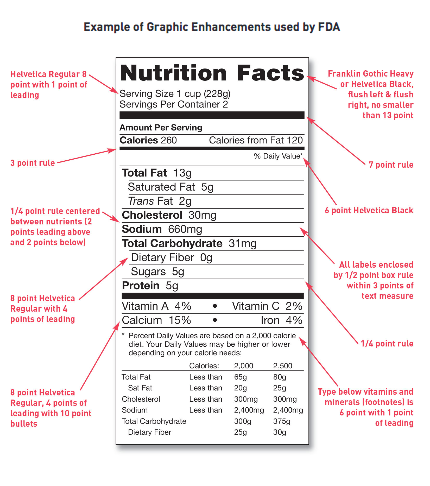
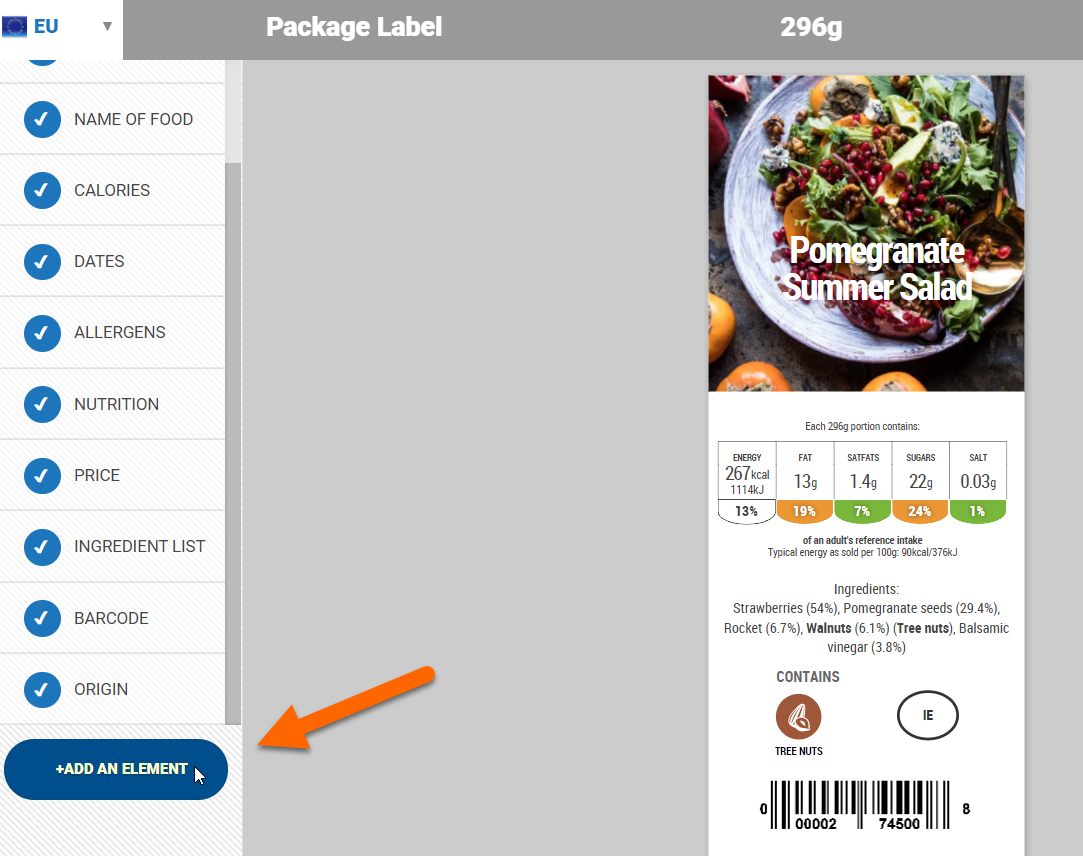

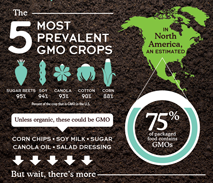



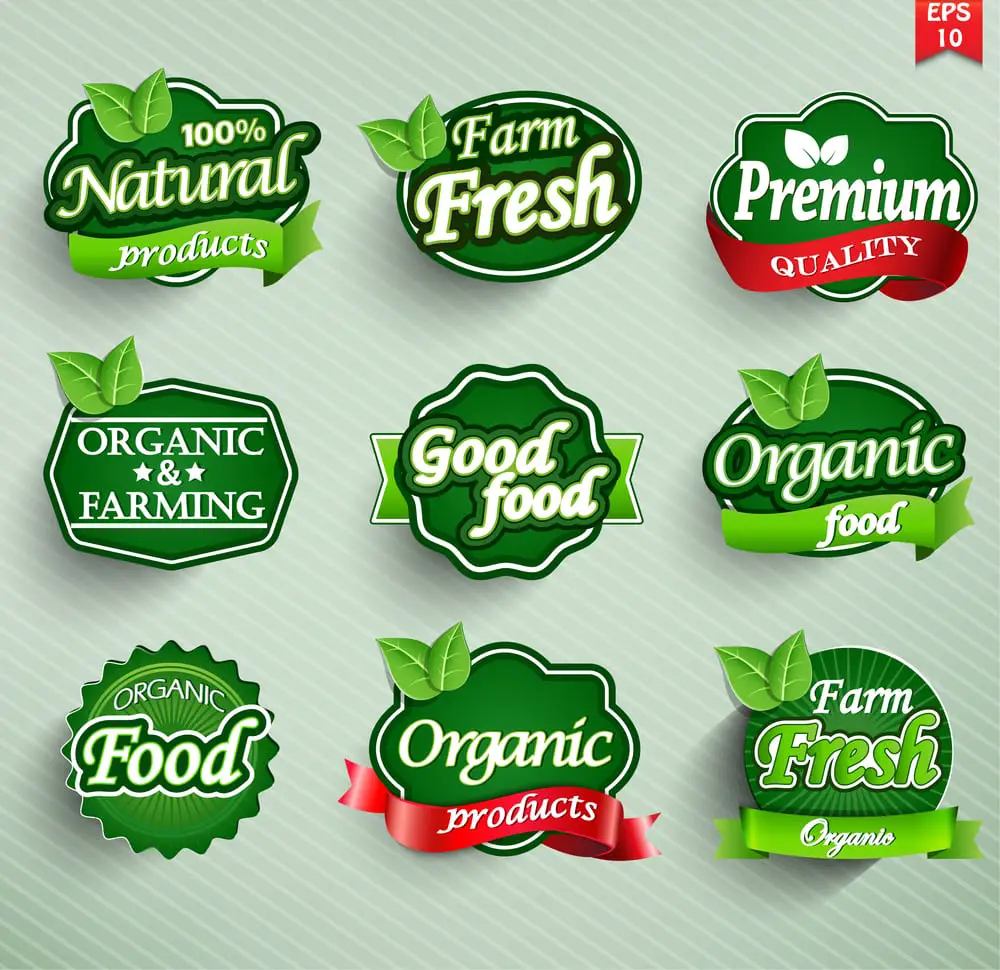

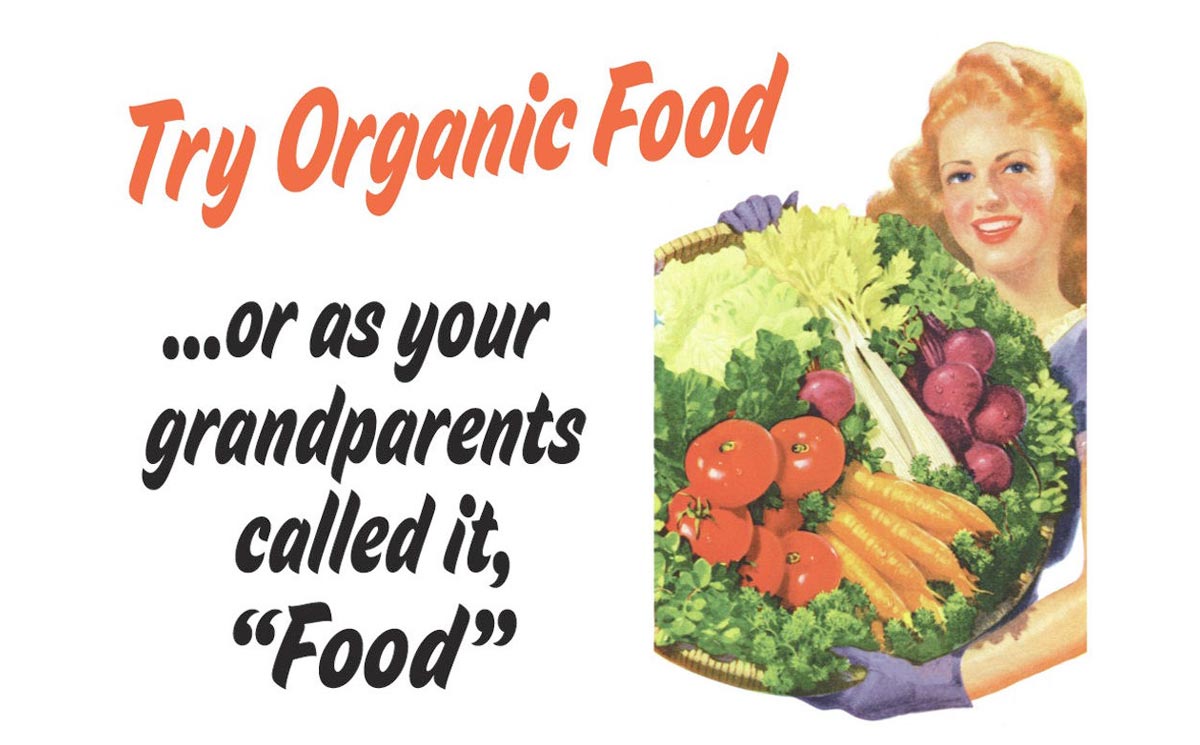


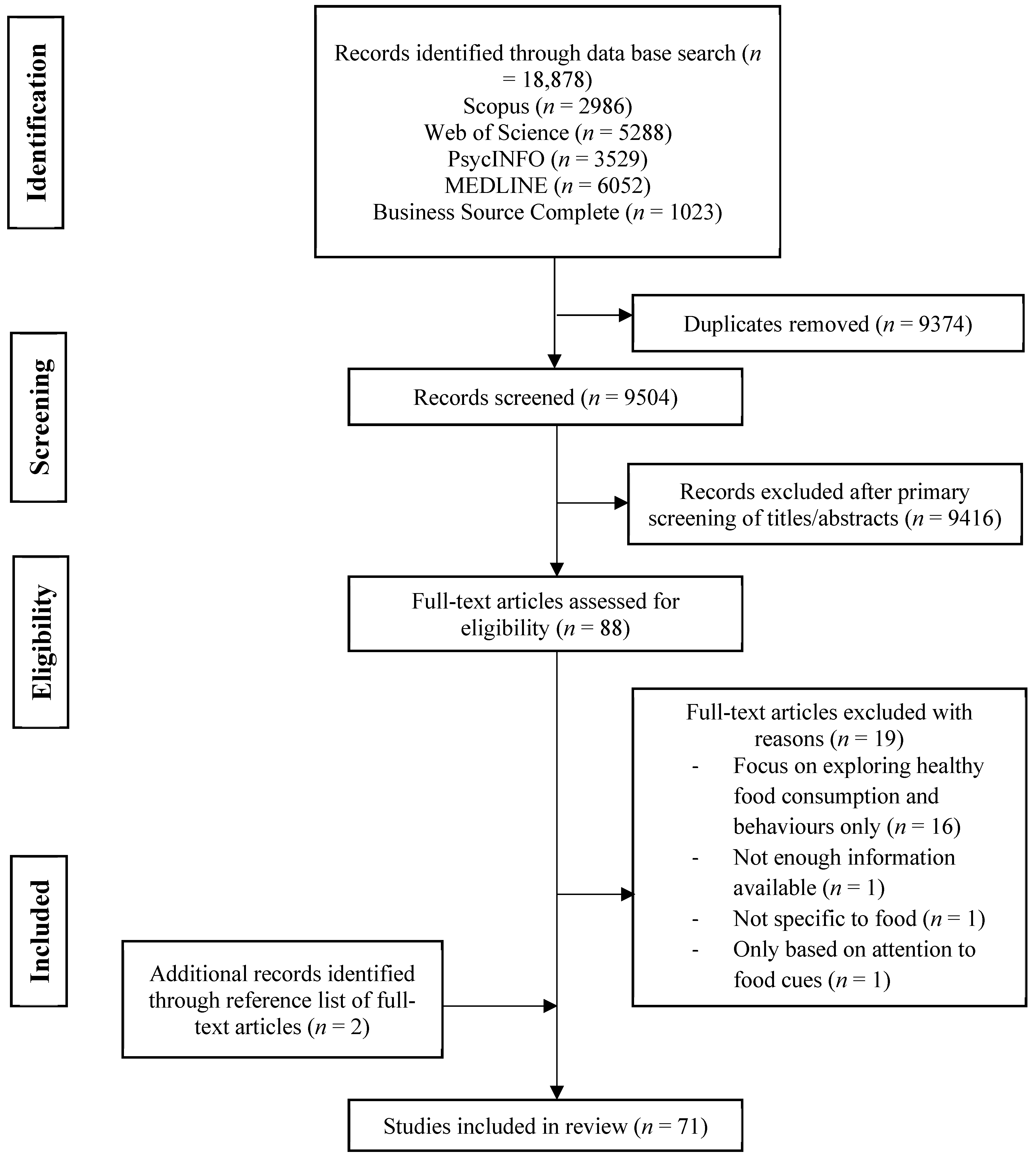

Post a Comment for "38 organic food standards and labels the facts"